- Overview
- Symptoms
- Causes & Risks
- Tests & Diagnosis
- Treatment
- Living With
- Complications
- View Full Guide
How Does Psoriatic Arthritis Affect Your Body?

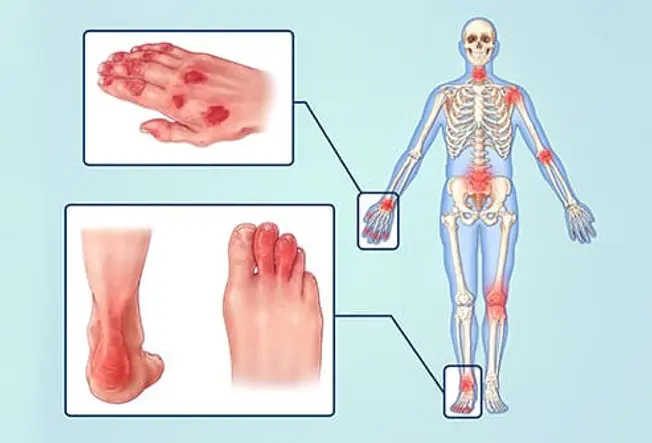
Symptoms Inside and Out
Got joint pain? Pitted nails? What about red, scaly rashes? These are common symptoms of psoriatic arthritis (PsA). This form of the disease is similar to rheumatoid arthritis. It strikes about 30% of people with the skin condition psoriasis. It can affect several different body parts, along with your emotions.
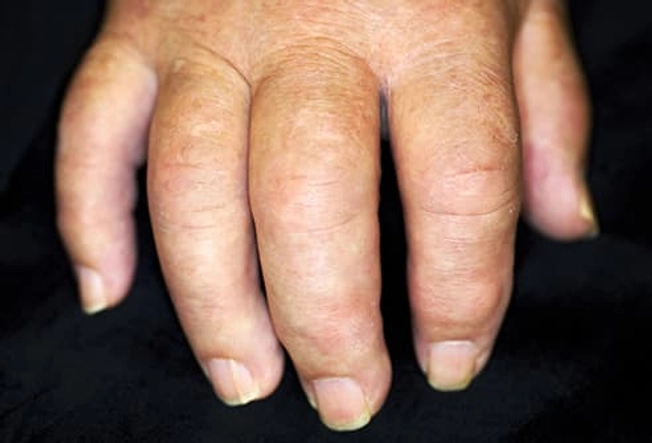
Swollen Fingers and Toes
They can get so puffy, they look like sausages. Your doctor may call it dactylitis, or sausage digits. This painful swelling happens to more than a third of people with the disease. It results from joint inflammation and usually affects a few fingers and toes. You might mistake it for gout if it shows up only in your toes. Be sure you get the right diagnosis, because gout and PsA have different treatments.
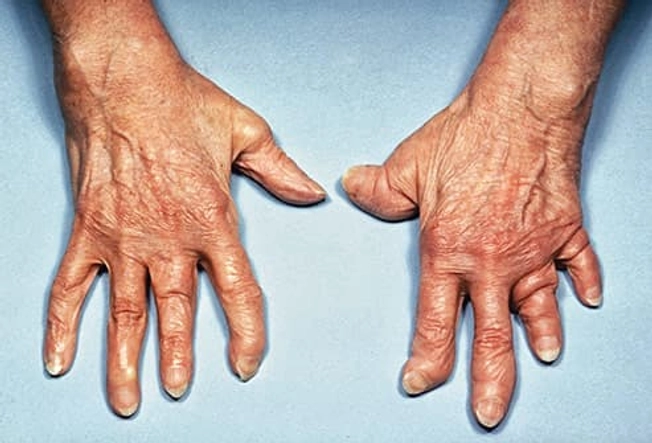
Deformed Hands and Feet
The most severe form of PsA is called arthritis mutilans. It causes inflammation that damages the small bones in your hands and feet. Your fingers and toes might become deformed and hard to move. They could also get shorter due to bone loss. This rare form affects fewer than 5% of people with PsA.

Nail Changes
You’ll probably get tiny pits in your nails. Or your nails might lift from their beds. These problems aren’t just cosmetic. They can interfere with basic tasks that require your nails. If you haven’t been diagnosed but start to see problems, go to the doctor. These changes may be signs that you’ll get PsA.
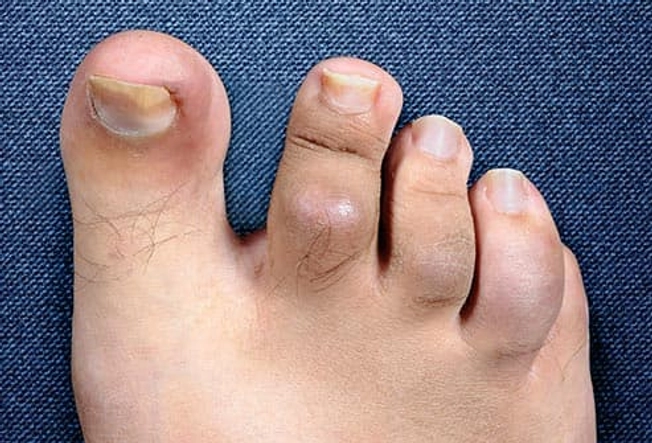
Foot Problems
PsA can make your toes hurt and swell (sausage digits). You might also feel pain in the spots where ligaments or tendons attach to bones. When the ache is at the back of your heel, it’s likely Achilles tendinitis. If the bottom of your foot hurts, it may be plantar fasciitis.
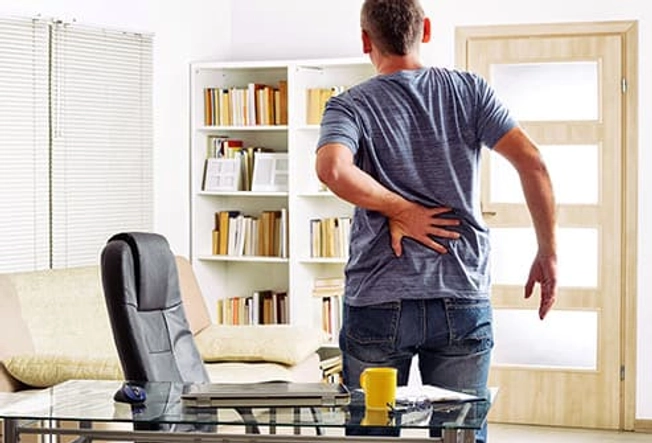
Low Back Pain
It's so common that nearly most of us will have it at some point in our lives. But if you have PsA, your aches may not get better in a few weeks with self-care. Instead, you might have spondylitis: inflammation of the spinal joints and sacroiliac joints (where your tailbone and hips meet).

Neck Pain
Psoriatic arthritis can also affect your neck. The doctor may call it your cervical spine. Pain and stiffness there affect about one in four people with PsA. Unlike in joints in your hands and feet, the disease doesn’t often damage the vertebrae in your neck. But you may have problems turning your head without pain.

Flaky Scalp
Those white flakes near the roots of your hair -- or on the shoulder of your black sweater -- might be regular dandruff. But if you have PsA, they’re probably from scalp psoriasis. The condition can cause red, scaly patches. You might not see them if you have a lot of hair. You’ll probably feel them, though. Scalp psoriasis patches can be itchy or sore.
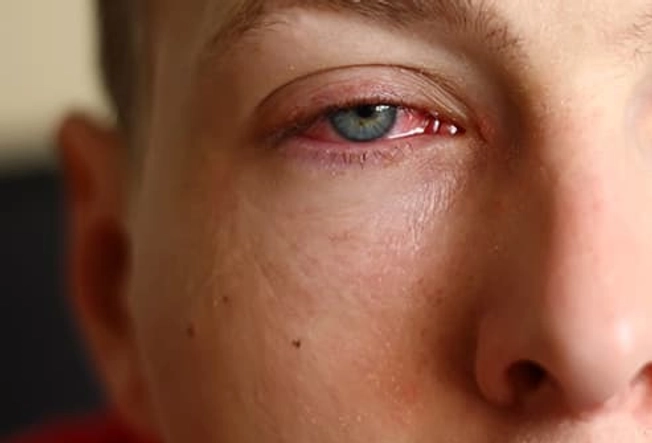
Red Eyes
We all get them. Usually it’s no big deal. But if you have psoriatic arthritis, don’t wait for eye problems to get better. You might have uveitis. It isn’t a single disease. It’s a blanket term for several conditions that cause eye pain, redness, and blurred vision. You could also get pinkeye, an infection of the clear membrane that lines your eyelid and the white of your eye. It causes lots of gunky discharge.

Skin Symptoms
These include the classic signs of psoriasis because most people with PsA have it first. You might notice:
- Raised red patches covered in silver-white flakes
- Small, dark pink bumps
- Raised white bumps filled with pus (these are signs of pustular psoriasis)
You may not even realize you have psoriasis. It can affect places you can’t see, like your scalp, bellybutton, and genitals.
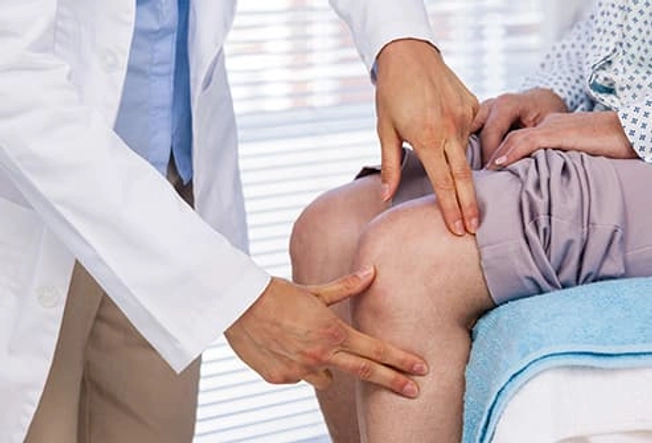
Knees and Hips
PsA can affect many joints, including your knees and hips. Even if the doctor thinks it’s the cause of your pain, you’ll probably get tests to rule out other types of arthritis, like rheumatoid arthritis or osteoarthritis. Whatever your diagnosis, gentle exercise (think walking or swimming) can help you manage the pain.
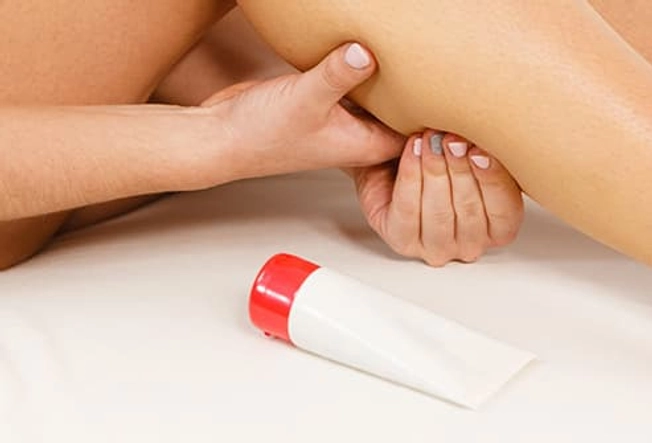
Sore Muscles
If you have psoriatic arthritis, you know about joint pain and skin problems. But you might not expect muscle pain. Tell your doctor if that’s a symptom you’re having. While achy muscles aren’t typical of PsA, some people with this disease also get fibromyalgia. It can cause muscle pain along with joint stiffness and fatigue.
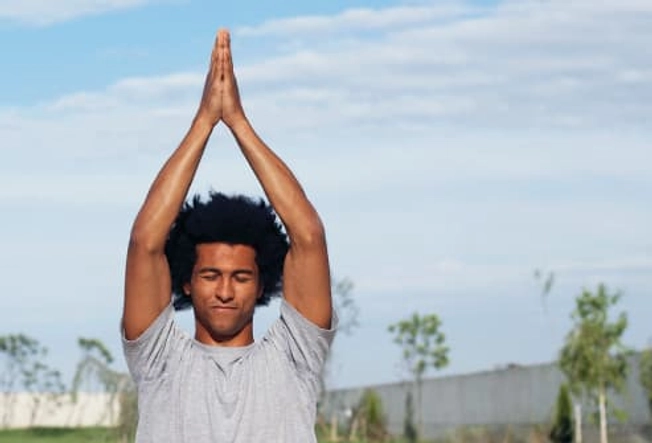
Shoulder Pain
Stiff, achy shoulders are common. Because PsA affects the places where tendons attach, you might not even realize the arthritis is to blame. Stretching can give you some relief. Try holding your arms up toward the ceiling, palms facing each other, for 10-30 seconds. Feel better? Ask your doctor or a physical therapist for more stretches you can safely do on your own.

Mental Effects
You may be depressed or anxious. These conditions are diagnosed more often in people with PsA than in those who have psoriasis alone. Experts think the process that drives inflammation also affects your emotions. Concerns about your appearance may also play a role. You don't have to control your mood changes with sheer will alone. Tell your doctor, and ask about treatments that can help you feel better.